CBD 101 – Everything you wanted to know about CBD but were afraid to ask.
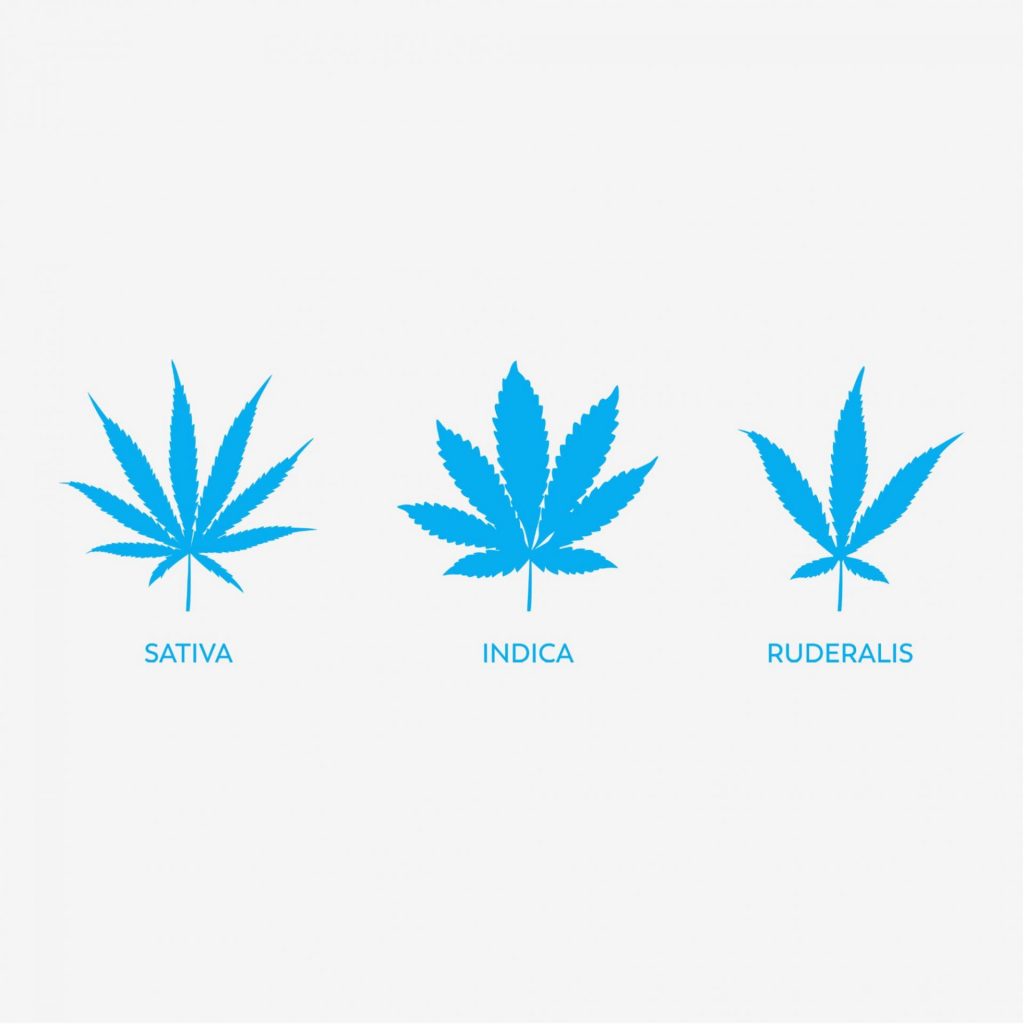
Where it all begins – Hemp,
Cannabis and CBD
Cannabis is a tall, flowering plant with a stiff upright stem, divided serrated leaves, and glandular hairs. There are three species of the cannabis plant. Cannabis Sativa is the most common strain of cannabis. It has been cultivated throughout history for a number of purposes, including the production of seed oil, food, hemp fiber (for clothes and rope), medicine, and even for recreational use. Cannabis Indica was first discovered in India and is a cannabis species that is described as shorter and bushier than sativa. Cannabis Ruderalis is a species native to Russia that flowers earlier and is able to withstand harsher conditions than the other species but is not a good source of cannabinoids.
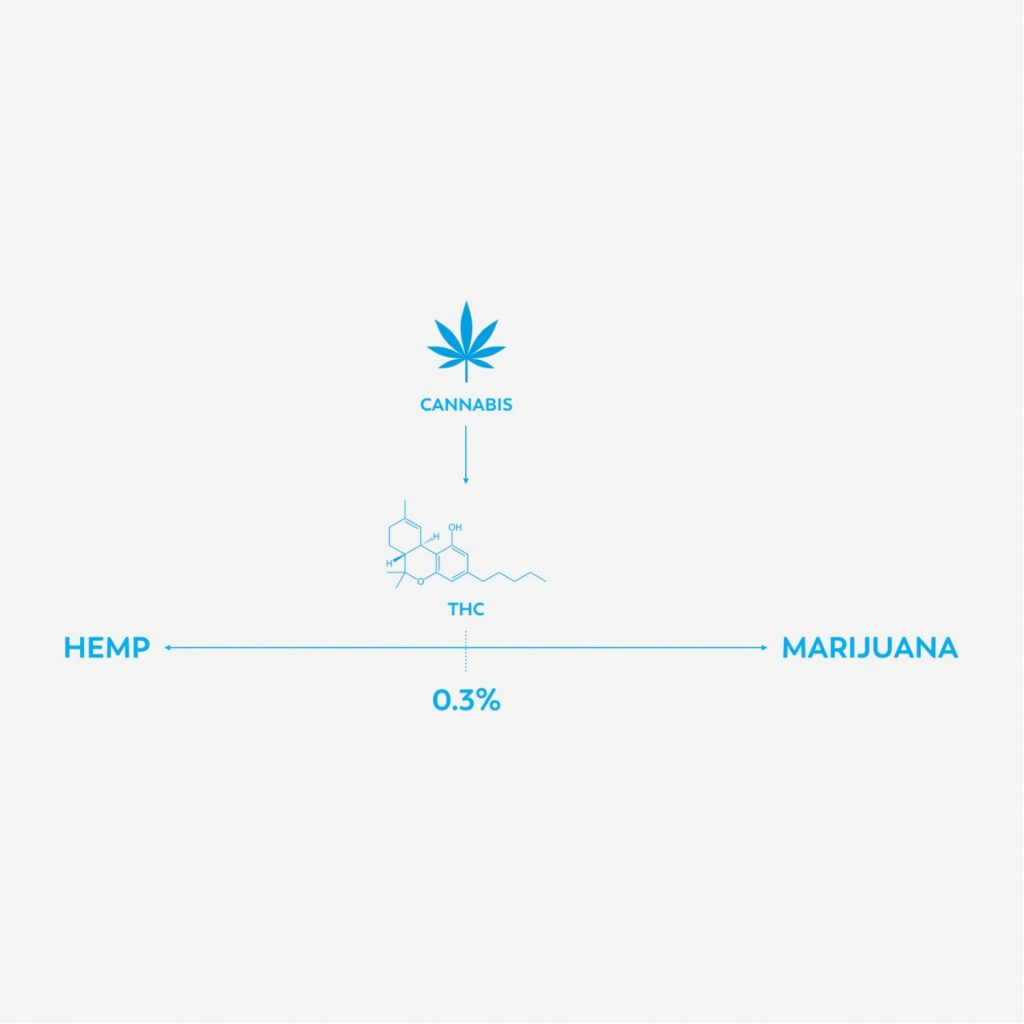
In the cannabis industry, “marijuana” is used to describe cannabis plants that are cultivated and harvested for the purpose of producing medicines or intoxicants from the cannabis flower. “Hemp,” or “Industrial Hemp” refers to cannabis plants that are naturally low in THC (the chemical that gets you high) and that have been, historically, cultivated for their fiber and seeds for use in the textile and oil industries. Today, however, hemp is used to describe any cannabis plant that is cultivated and harvested for any reason, but that contains less than .3% THC.
In the United States, CBD oil that comes from an industrial hemp plant (a plant that contains less than .3% THC) is legal under the Agriculture Improvement Act of 2018 (commonly referred to as the 2018 Farm Bill) in all fifty states whereas CBD oil that comes from marijuana is federally illegal and may or may not be legal in any given state based on the laws of that specific state. Sacred Essentials™ only uses CBD oil derived from Hemp.
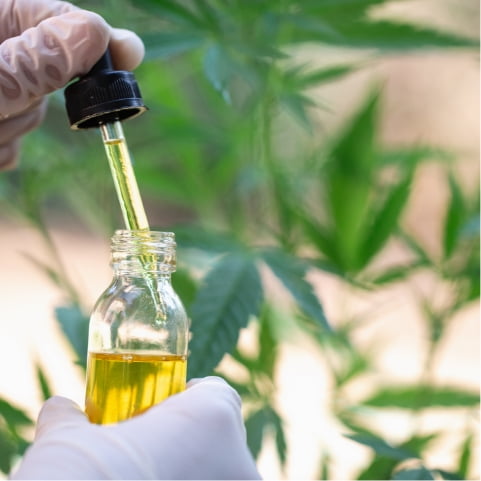
Where Does CBD Come From?
CBD is primarily extracted and separated from the flowers of the Cannabis Sativa plant. CBD is one of more than 100 chemical substances known as cannabinoids, which are all found in the cannabis plant. CBD is the second most abundant compound in hemp, typically representing up to 40% of its extracts. To create a CBD product, the cannabinoid content is extracted from the cannabis plant, using methods such as CO2 extraction, the process used by Sacred Essentials™. During this process, other compounds are also extracted, including terpenes (smell and taste), flavonoids (color), and additional cannabinoids.
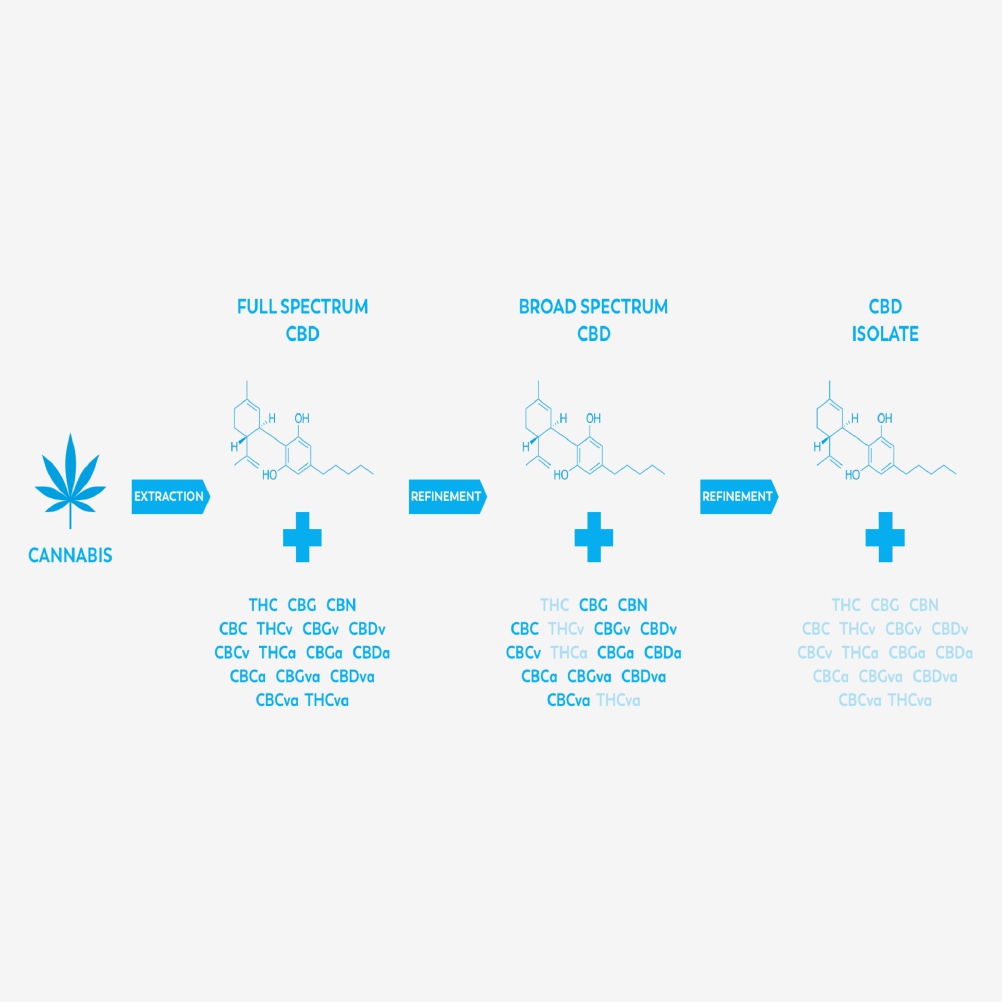
What are the different types of CBD?
Depending on the strain and classification used for extraction, the composition and cannabinoid profile will differ. Depending on the purpose of the end-product, companies will choose to extract from a strain of cannabis that best suits their needs. Once extracted, the company can then choose to refine the extract to contain only specific cannabinoids and plant parts. The contents of the refined extract are what determines if the CBD extract is Full spectrum, Broad Spectrum, or CBD Isolate.
Full Spectrum CBD is an extract that contains all compounds found naturally occurring in the plant, including terpenes, essential oils, and other cannabinoids. The full spectrum of cannabinoids, terpenes, and essential oils extracted from the plant work together to magnify the therapeutic benefits of each individual cannabinoid. This is commonly referred to as the “entourage effect”.
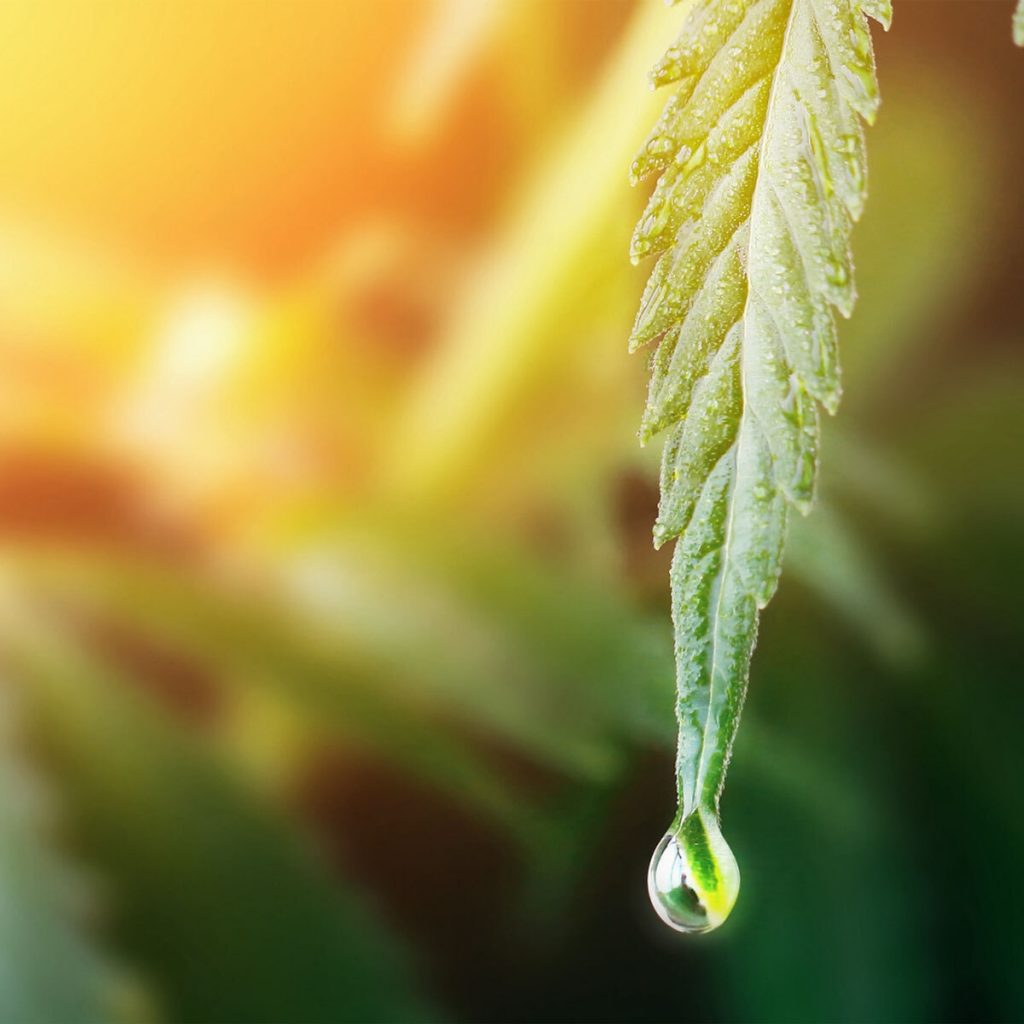
Broad Spectrum CBD is a bit of a mix between Full Spectrum CBD and CBD Isolate. Like Full Spectrum CBD, the other compounds found within the plant are preserved in the extract; however, like CBD Isolate, THC is completely removed. Because Broad Spectrum CBD contains multiple cannabinoids, it can deliver the enhanced benefits of the “entourage effect,” without the potential risk of the psychoactive effects of THC.
CBD isolate is the purest form of CBD (often over 99% pure), which is produced by removing all other compounds found in the plant including terpenes, flavonoids, plant parts, and other cannabinoids.
Sacred Essentials™ uses Full Spectrum CBD but works with our extraction partner to carefully select and test the right plant strains to ensure our products contains no or minimally detectable THC, well below the 0.3% legal limit. This way you can enjoy the benefits of the “entourage effect” without some of the concerns that cause some to choose Broad Spectrum or Isolate products.

The Endocannabinoid System and how CBD works with the body
There is a system in our bodies comprised of receptors that interact exclusively with cannabinoids like CBD and THC. It’s known as the Endocannabinoid System, and it is the catalyst behind the many benefits CBD.
If you imagine the body like a machine, each system works together to keep the machine moving. The immune system is like a filtration system, the brain is like the motherboard, and endocannabinoids help to maintain these systems.
Like any machine―whether it be a result of poor maintenance, damage, or natural aging―our body’s parts and systems can deteriorate and malfunction. When this happens, it affects the entire body and can lead to various health problems.

Research to date suggests that endocannabinoids are designed to help maintain proper health level in the body. If that level decreases, they would only maintain the existing health level and may not be enough to prevent it from decreasing further. Over time, the health level could decrease little by little, slowly growing into a bigger health problem.
This is where CBD comes in. Research suggests that when CBD stimulates the CB1 or CB2 receptors, it alters and/or improves the capabilities of that receptor, thereby improving the receptors functionality.
Researchers believe that by stimulating our body’s CB1 and CB2 receptors, CBD can work to maintain vital health functions―it helps to restore the homeostasis, or balance, within the body. This is the root of its many potential health benefits. Many of these potential benefits are being studied today. To date, only one therapeutic drug involving CBD has been approved by the FDA. Is a drug called Epidiolex to treat two rare forms of childhood epilepsy. All other benefits are still under study.
If you have CBD questions, we have answers. Explore our Frequently Asked Questions.
Cannabidiol (CBD) is derived from hemp plants and interacts with the body’s endocannabinoid system, a group of receptors that take it in and contain enzymes to break it down. After the enzymes break CBD down, it is then synthesized and sent throughout the whole body to various biological and cognitive processes.
Hemp, or industrial hemp, is a variety of the Cannabis sativa plant species explicitly grown for industrial use. It can be used to make a wide range of products. Along with bamboo, hemp is one of the fastest-growing plants on Earth. CBD is extracted from Hemp plants.
Although CBD and THC (tetrahydrocannabinol) comes from the Cannabis Sativa plant and are the most prominent cannabinoids found in the cannabis plant, they are not the same. They have different chemical compositions which causes the body’s endocannabinoid system to receive and process them differently. Whereas THC can have psychoactive effects, CBD does not act in this way.
In addition, CBD and THC are derived from different strains of the Cannabis Sativa Plant. While both technically part of the Cannabis Sativa species, hemp and marijuana plants are actually two different strains of the plant species. While both marijuana and hemp plants produce CBD and THC, marijuana cannabis plants have a higher concentration of THC, and hemp has a higher concentration of CBD. CBD comes from the whole plant in varieties grown to have a low level of THC (less than 0.3% dry weight). In contrast, THC is pulled primarily from the flowers of plants bread to have higher levels of the compound ranging from 5-35%.
The Sacred Essentials™ Difference
Learn moreYou may also like
Our top seller at a new lower price!
Infused Pain Balm
500mg /60ml (2oz)
- Full Spectrum, Menthol and Natural Oil Blend
- Our best-selling signature product
- Fragrance and Dye Free
$39
Add to cartA delicious way to unwind at night
Sacred Essentials™ CBD Infused Gummies – Relax
30 gummies – 25mg CBD/5mg CBN per gummy
900mg total Cannabinoids
- Unwind before you go to sleep
- Full Spectrum CBD
- CBN Isolate
- Natural fruit fusion flavor
$39
Add to cartA yummy burst of relief
Sacred Essentials™ CBD Infused Gummies – Relief
30 gummies – 25mg CBD/5mg CBN per gummy
1050 mg total CBD
- Enhance your wellness routine
- Full Spectrum CBD
- Turmeric extract
- Natural mixed berry flavor
$39
Add to cartNew! Extra Value Size
Sacred Essentials™ CBD Infused Gummies – Relief Extra Value Size
60 gummies – 25mg CBD per gummy
2100mg total CBD
- Enhance your wellness routine
- Full Spectrum CBD
- Turmeric extract
- Natural mixed berry flavor
$69
Add to cartNew! Extra Value Size
Sacred Essentials™ CBD Infused Gummies – Relax Extra Value Size
60 gummies – 25mg CBD/5gm CBN per gummy
1800mg total Cannabinoids
- Unwind before you go to sleep
- Full Spectrum CBD
- CBN Isolate
- Natural fruit fusion flavor
$69
Add to cartTrue balance to both body and mind.
Wellness Gelcaps – CBD Capsules
750mg CBD/30 caps
$49
Add to cart